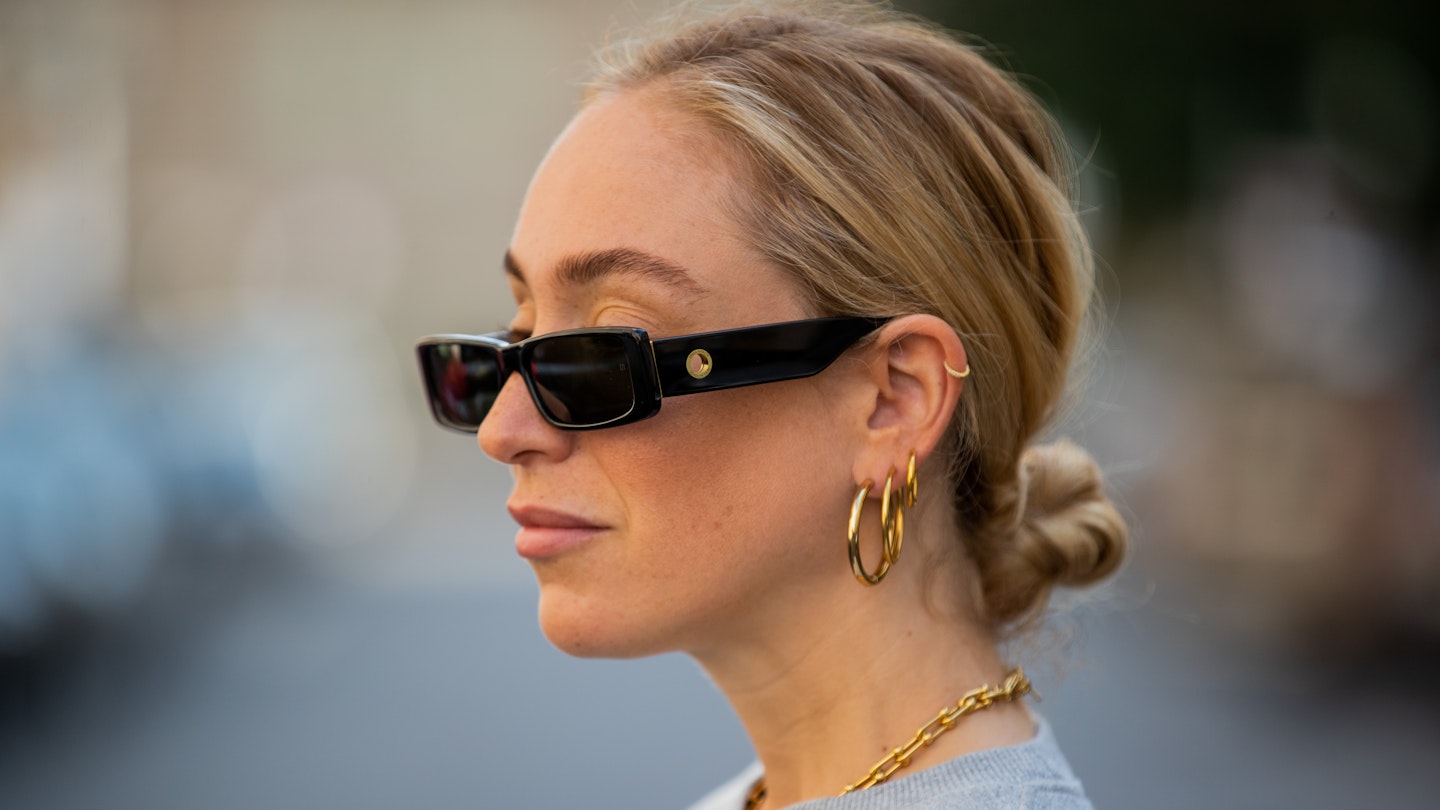Multiple ear piercings have replaced ‘It’ bags as the new status symbol for the fashion set. The trend, pioneered by pierceist to the stars Maria Tash (she counts the lobes of Beyoncé, Gwyneth Paltrow and Jessica Alba as her happy clients) has been quietly gathering steam for the past couple of years, with editors on the front row and the A-list on the red carpet fully embracing the look, often with a triple ear piercing. The key thing that stops this look from being too OTT is the jewellery worn; dainty, delicate jewels are the norm, rather than oversized, garish trophy danglers, making for a pretty, feminine aesthetic. We caught up with the lady who started it all, Maria Tash, to find out everything you ever wanted to know about getting your ears pierced multiple times. Keen for a second ear piercing session? A third? A fourth? A triple ear piercing? Here's everything you need to know...
People always say that certain piercings are more painful than others - is there any truth in this?
'Pain is subjective, and there are also many factors that can contribute to the pain experience. For example, the quality of the needles, the skill of the piercer, the comfort level with the piercer, and the level of anxiety of the client. Those factors omitted, the pain level associated with each area of the body is usually a function of how nerve dense the area is and how thick the tissue is. Cartilage is less vascular than lobe tissue so it takes longer to heal. However, almost all piercings on the ear take a second or less to perform, are finished before realised, and most clients are very happy and surprised with the low level of discomfort due to our skilled piercers and high level tooling. When people ask me about how it feels, they usually approach me pinching the area of the body they are thinking about piercing. I usually respond equating the piercing sensation with that of getting blood drawn.'
How would you rank the pain of each piercing?
'Lobes seem to be one of the easiest areas of the ear - a quick heal and more vascular than cartilage. Thinner parts of the lobe, as it heads up into the cartilage (3, 4, 5th lobe placement) tends to be very easy as well, as the lobe tissue thins. In cartilage, the thicker the tissue the longer the heal, in general, but all piercings take about 1 second or less. The traditional rook piercing can be more intense than a standard cartilage, but a Tash rook is easier than the rook. Tragus and conch piercings are slightly more intense than a helix, but I want to stress, all less than a second to perform. And daith piercing, although thin tissue, can take a touch longer to execute due to its location, but the discomfort is in line with the tragus and conch piercing. Other, thicker area of cartilage, like the snug or anti-tragus, take a bit longer to heal, and theoretically hurt a bit more. I always tell people to concentrate on the end result - the beautiful jewelry, and the pride for overcoming fear to help get people through any discomfort with the momentary piercing sensation.'
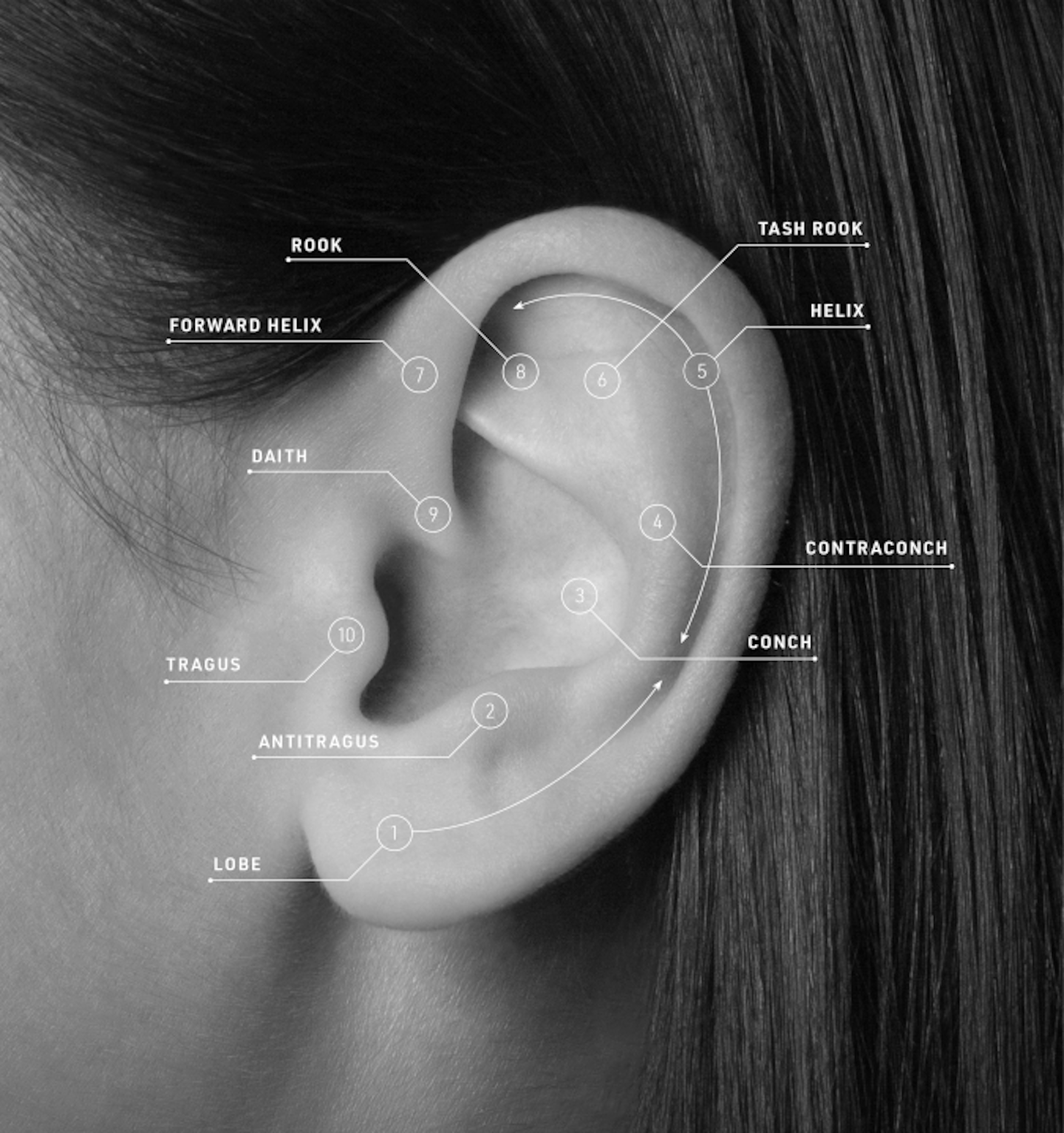
Which is the most pain free, easiest to maintain piercing to get for your first one? And how about the second?
'Earlobe, whether it be hole position 1, 2, 3, 4 or 5 is the easiest piercing to get and maintain. Generally the higher the position in the lobe, the thinner the tissue so piercing position 5 is just as mild as position 1, and could heal quicker as the tissue is thinner. Lobes heal in 4-8 weeks, which is quick on the piercing spectrum. All ear piercings have the same maintenance - a twice a day cleaning protocol.'
What are the most popular piercings that you are asked for?
'Earlobe piercing, is our most popular piercing, as it is versatile, a quick heal, and can stay open for long periods of time without jewellery in it (after it is well healed). Our most popular non-lobe positions are helix, tash rooks and daith piercings.'
What's the maximum amount of piercings that you can have done in one day, if you want to get in on the multiple piercing trend quickly?
'Since lobes heal quicker than cartilage we can do more piercings in a lobe without extending the healing time of any one piercing. Generally speaking, I will do six piercings in a sitting. In those cases, I will have a client supplement their diet with a multivitamin with zinc, which helps speed tissue regeneration (taken on a full stomach). If the multiple piercings are very close together we have to allot for the potential of more swelling, so studs or rings may need to be shortened post-healing for an ideal fit.'
What is a triple ear piercing?
Three's a charm! That's how the saying goes right? Whether three piercings are located along the lobe or along the cartilage section of the ear, it seems customers' fascinations with a triple ear piercing is hotting up. Try out the three ear piercing trend yourself with matching hoops or studs for subtle impact, or switch it up when it comes to designs. Most piercing studios offer the option of getting up to three piercings done at one appointment too, but do ask your qualified piercer on their honest opinion. Depending on placement they may suggest more than one appointment.
How long does a piercing take to heal?
'The piercing healing time depends on the location of the piercing, how thick the tissue is, and how vascular the skin is at that point. Earlobes take 6-8 weeks to heal and all cartilage takes somewhere between 6-12 months. That cartilage period is long, and it really depends on how good a healer one is, the thickness of the skin, and its vascularity. Tongue piercings heal surprisingly quickly - in about 6 weeks due to its great blood flow despite being a thicker piece of tissue. Navels and nipple piercings take several months to heal. The amount of torquing a piercing location experiences can affect how long it takes to heal. For example, navels take a while to heal in great part because we are always sitting and bending, which puts pressure on the jewellery/piercing. A piercing is not fully healed until there is no redness, tenderness, and no lymph discharge.'
How should you look after a freshly pierced ear?
'One should not touch any piercing with dirty hands - this rule is very important. The frequency of cleaning a non-oral piercing should only be twice per day until healed. Over-cleaning can create irritation. The products that are suggested these days are very mild ones, like sterile wound wash saline.'
What should you do if you suspect your piercing is infected?
'If you are local to our piercing studios we would first like to see the piercing. We need to assess that the fit of the jewellery still works with any swelling that could be present. We would also like to assess if the perceived infection is irritation instead. Generally if infected is suspected, then long, warm, sea salt soaks are suggested to assist drawing any fluid inside the piercing out and a topical application of an antibiotic ointment such as Bacitracin or Neosporin concentrated inside the channel of the piercing. Supplementing this cleaning regiment with doctor issued antibiotics can help.'
What's the secret to picking the right combination of earrings to wear together?
'The right look has to do with creating a comfortable and aesthetically pleasing combination of pieces that resonate with a client's personal style and skin colouring. For example, I love rose gold intellectually, but yellow and white look best on my skin colour. So our jewellery stylists look at metal colour a client usually wears, whether their taste is for minimalist pieces like simple metal shapes or solitaires, or more classic looks like diamond flowers or rings, or more avante garde pieces. We then lay the looks out on a faux ear, or slide faux rings of different diameters to give a client a preview of what the combination will look like before purchase. Since we have state of the art sterilisers in each room, we can do try ons to pieces of jewellery in healed piercings.'
Do you think piercing trends in London are different to NY?
'Since Manhattan and London are cosmopolitan, international cities, we do see quite a bit of overlap in demand. If I had to segregate, I would say that our spiked jewellery pieces do a bit better in London than New York, (I believe due to its punk history), as well some of our larger diamond classic clusters. Rose and yellow gold are strong in London, and white sells a bit better in NYC. The Tash rook piercing location with large clusters of stones is in demand in London, which makes me very happy.'
What are your piercing trend predictions?
'My job is to always dream up new jewellery designs and locations in the ear to pierce, but I am also influenced by current client's wants and doing more jewellery for those wants. I think we will see more large clusters of stones and shapes in unusual combinations hidden in the ear, like in the Tash rook or conch piercing. These clusters simulate more than one piercing in one piece, one piercing could actually look like a triple piercing. The design is similar to the popular ear climber piece, but has a different mechanism and lives in areas of the ear that are different than the lobe. I think we announce, after it has been beta tested further, a new style of ear piercing near the daith area.'
SHOP: Best Earrings For Multiple Piercings
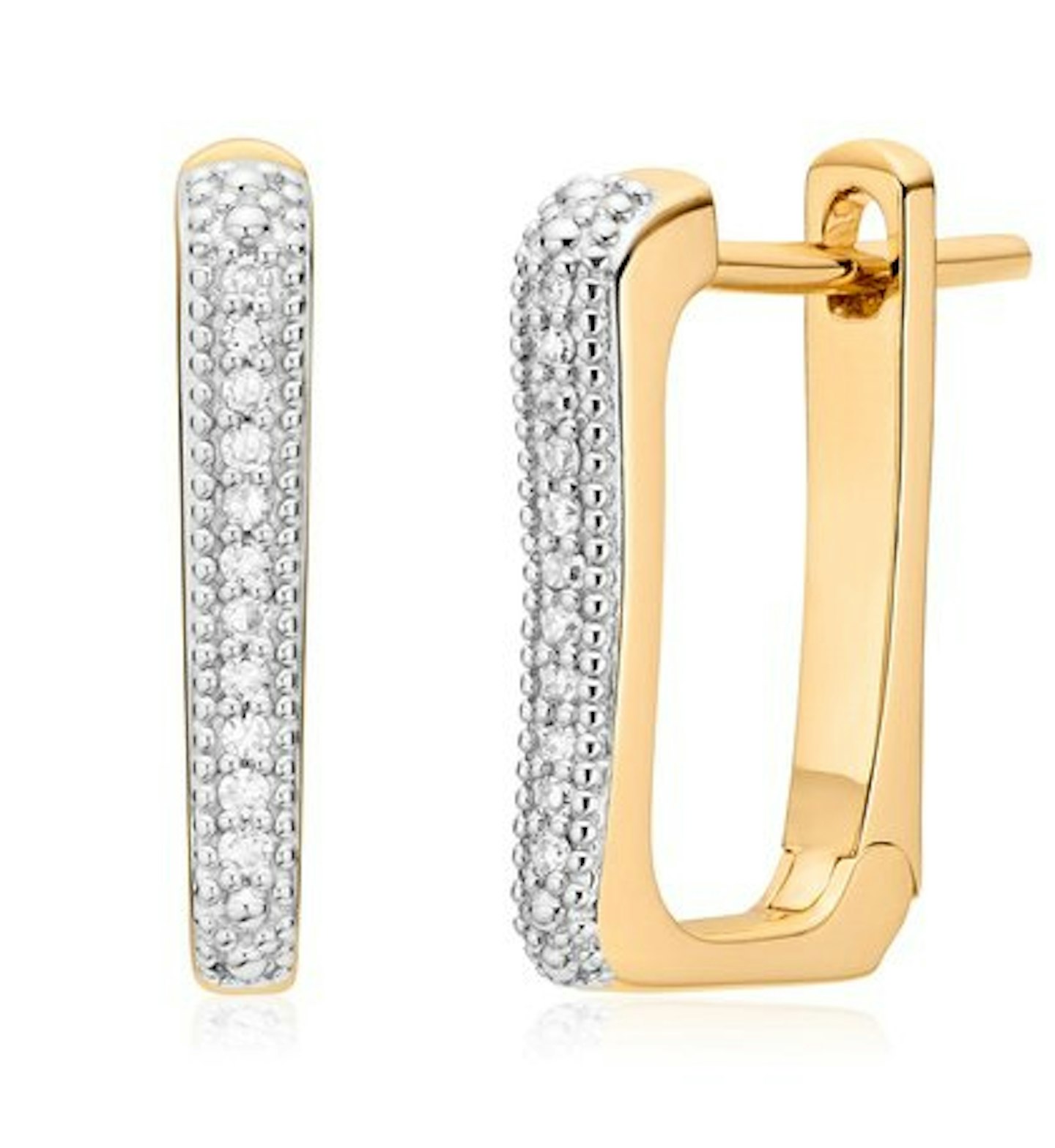 1 of 6
1 of 6Monica Vinader, Alta Capture Diamond Huggie Earrings, £195
 2 of 6
2 of 6Maria Tash, Diamond Trinity Threaded Stud, £166.07
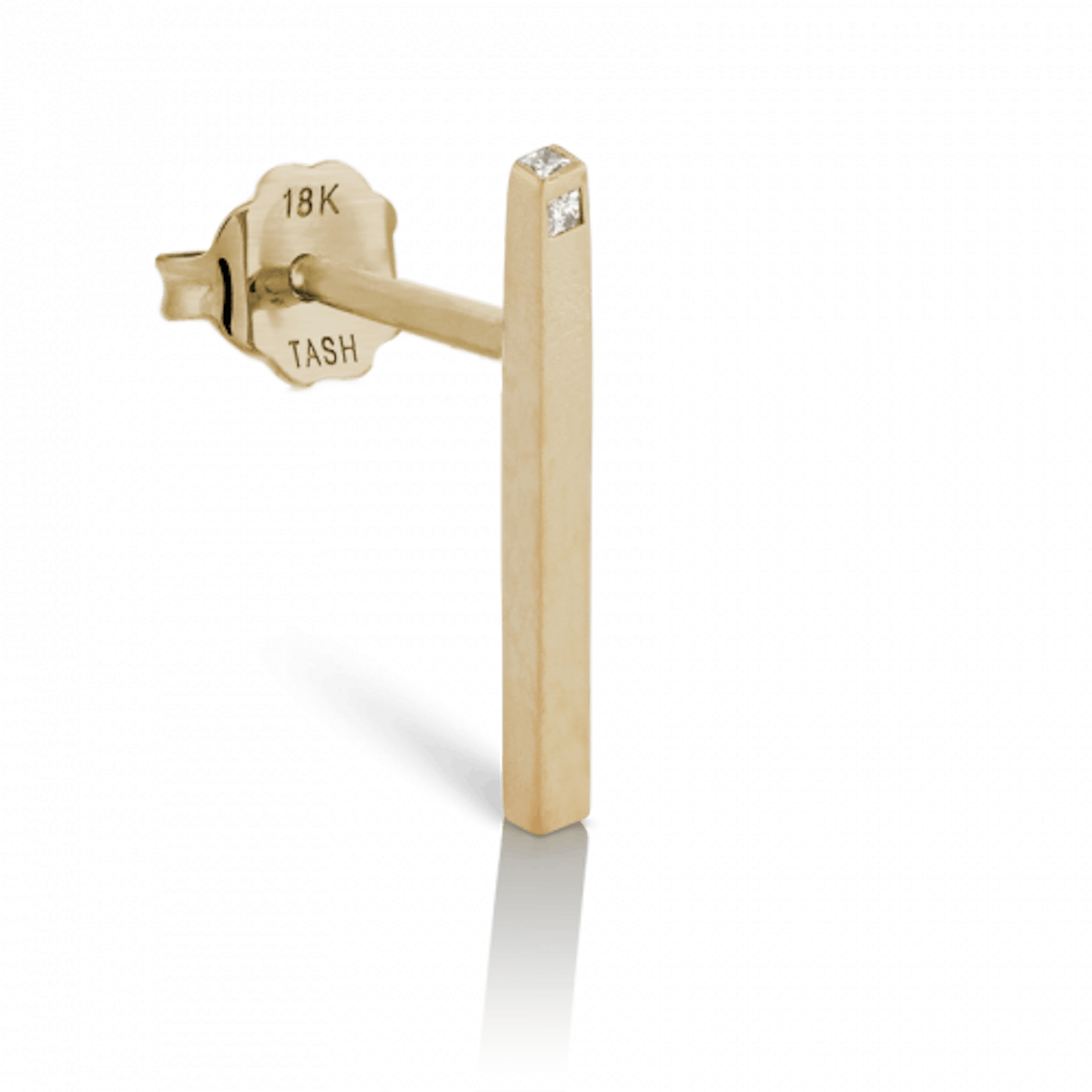 3 of 6
3 of 6Maria Tash, 18mm Matte Square Bar with 3 Diamond Ends Earstud, £226.14
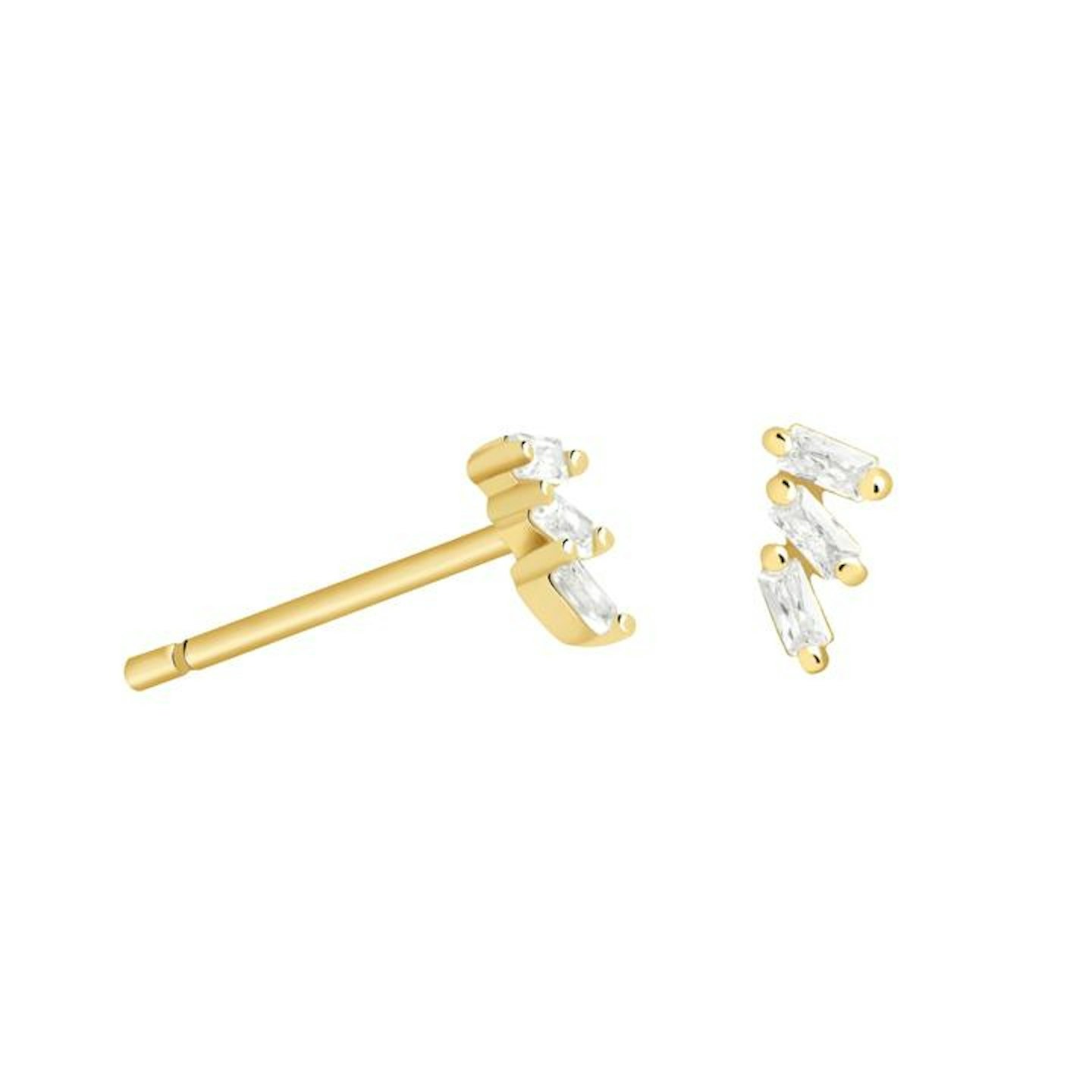 4 of 6
4 of 6Astrid & Miyu, Baguette Crystal Stud Earrings in Gold, £39
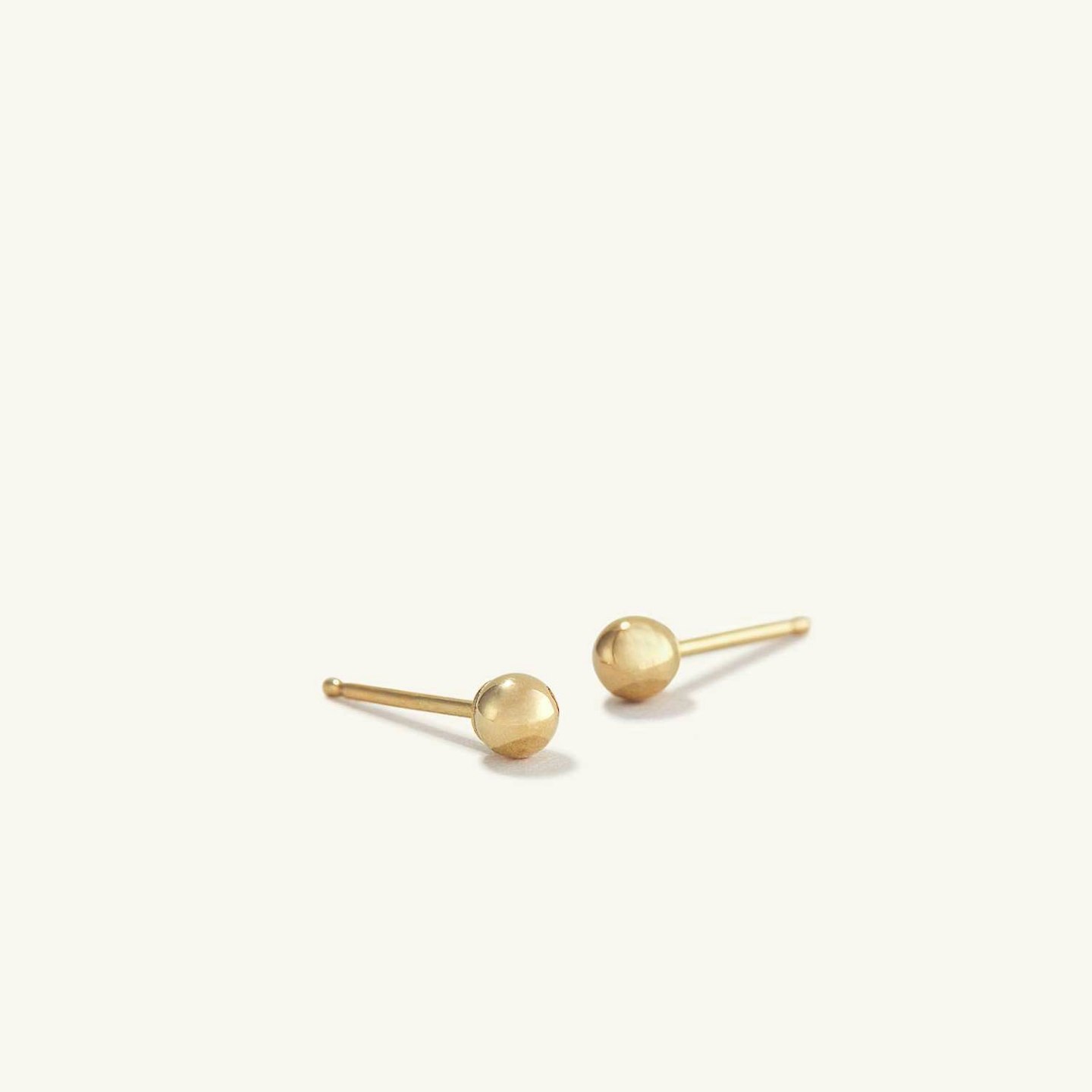 5 of 6
5 of 6Mejuri, Sphere Studs, £55
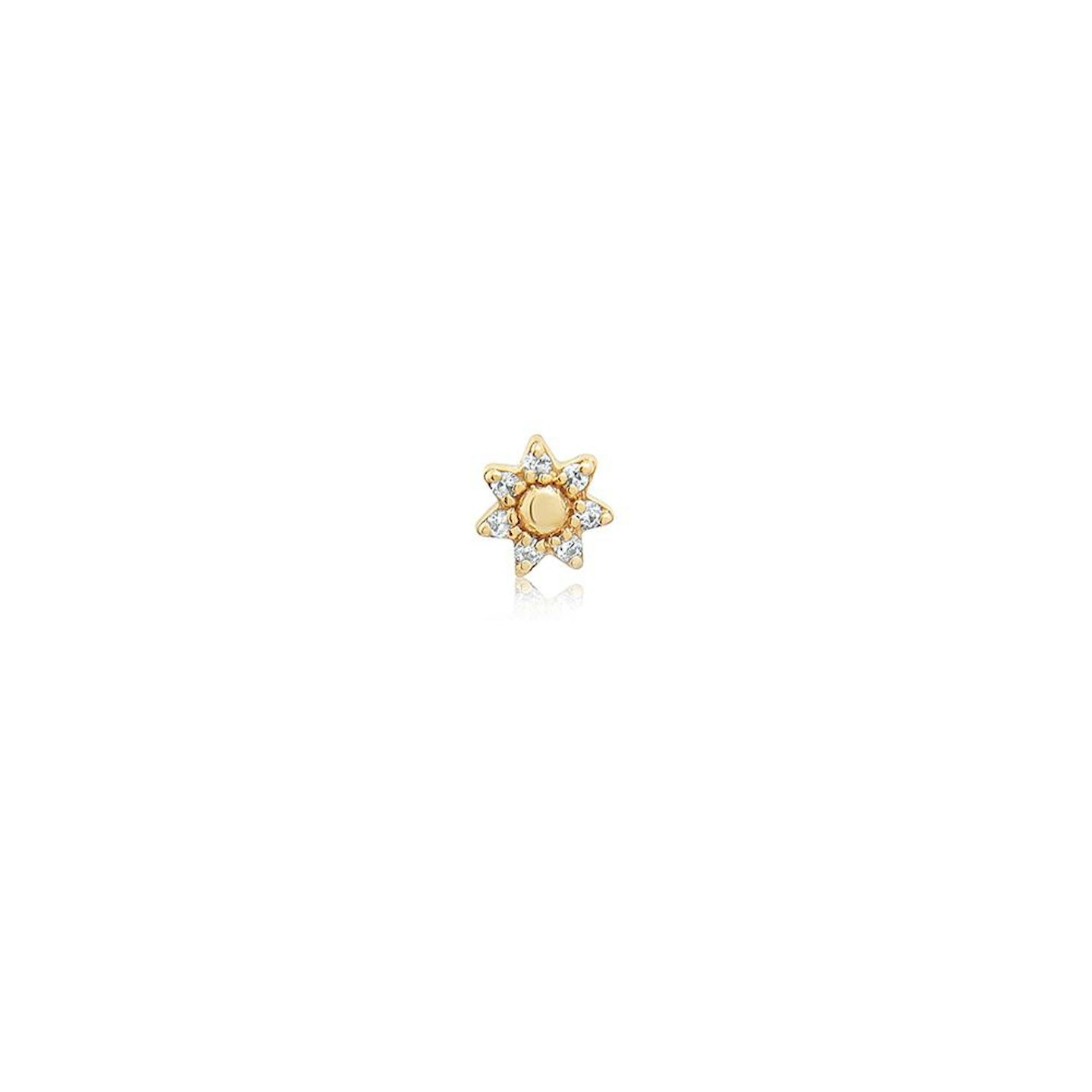 6 of 6
6 of 6Edge Of Ember, Flower Diamond Piercing Earring, £115
READ MORE: Helix Piercings: Everything You Need To Know
READ MORE: Tragus Piercings: How Painful Are They Really? Here's Your Ultimate Guide
